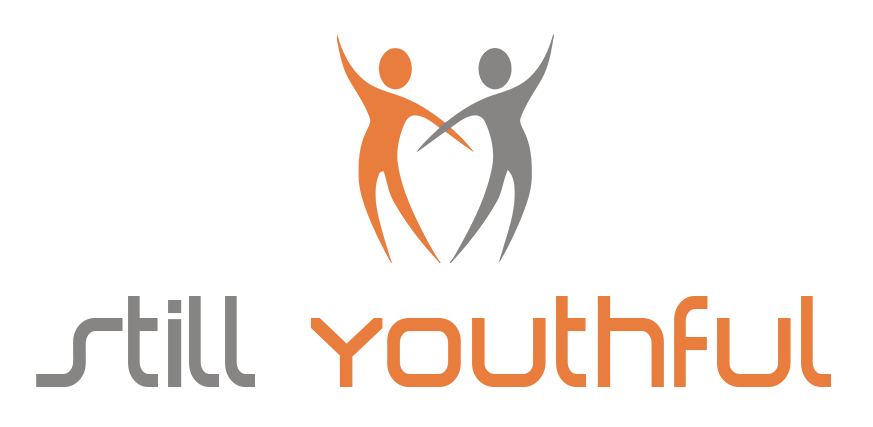Laptop Buying Guide 2015
/In this day and age, with so many laptops out in the market, it can become a confusing process to determine which model is the right one for us. This is due to such a varied range, with new laptops coming out just about every month of the year, along with various operating systems and unique designs. Still Youthful aims to guide you through the process to determine which laptop is right for you to purchase.
The Essentials:
- Set a budget – laptops can become very expensive, and the more features that you desire will cause the price to rise. Certain branding will also have a higher price, such as Apple. Your new laptop will most likely be used for the next 3 years at minimum, so keep that in mind when setting your budget. Paying a bit more at the initial purchase may save you headaches in the future and provide you with a computer that will run faster for longer.
- Determine your needs for your laptop – this is a crucial aspect, as this will ultimately determine the type of laptop that you are after. Prioritise your needs, such as “Is the laptop for business?”, “Should I prioritize video editing?” “Do I want to watch movies on best screen available?”. It's best to determine the key needs for your new laptop, and focus on computers that meet them.
Sizes:
- 11 – 13 inch – These laptops are super portable, and are ideal for those who want to have a light and easy to access computer. Whether that is for travel, work or just moving into another part of the house.
- 14 – 16 inch – with the increase in size, you get an increase in power. These computers are still relatively portable, but do weigh more than their smaller counterparts.
- 17 inch +: These huge laptops are essentially a desktop computer replacement. They are usually powerful, and can perform strenuous tasks, such as video editing. Just be aware that portability is reduced due to their weight, and battery life is not a priority on these models.
Different types of Laptops:
- Standard laptop - these are your run of the mill machines. They come in a variety of forms and configurations. As a rule they don't tend to be too concerned with battery life or portability. As such they can be built to be anywhere from low end, cost saving, machines up to high end work horses.
- Ultrabooks – These computers are high end, compact notebooks that don’t compromise on battery life. They come with a price premium compared to a bulkier laptop with similar specs; however what you’re paying for is the portability. They typically use Solid State Drives (SSDs) so most day to day tasks are relatively fast on them, just don’t buy one looking to do a heap of video editing.
- Apple Macbooks – The Apple MacBook range is made up of thin and light machines, with long battery life & portability. They don't compromise on the build quality of their hardware. Most come standard with “Flash Storage”, enabling them to be light, and grants more room for the battery, giving you a longer batter life. Apple laptops carry a premium when it comes to pricing and all run Apple's operating system OS X. They are, however, well known to be very user friendly.
- Hybrid laptops – These laptop models combine the functionality of a tablet with the laptop, giving you the best of both machines. They are capable of switching between both forms, depending on the design, such as flip and fold or detaching the keyboard. You may consider this option if you are already switching regularly between laptop and tablet. An example of this type of machine is Microsoft's Surface.
- Chromebooks – Running on Google’s operating system, these laptops are designed to be used when connected to the internet, as nearly every application and document lives within their cloud. As a result of this, they don’t have a huge amount of internal storage, but are often on the cheaper side. Just be aware that these are designed to have Internet connectivity, as many of their apps will not work fi you're offline.
Is there anything else I should consider?
- Battery life – all laptops need a decent battery life, and it is recommended that you get at minimum 5 hours, and try to aim around the 7-8 range. Of course, more is better, just be aware that larger batteries have a tendency to increase size, weight, but most importantly... price.
- Storage – Laptops come with a preset built in storage, and this will affect price, depending on size, and whether it is HDD or SSD, and it may be cheaper to purchase an external hard drive (for more info click here (http://www.stillyouthful.com/blog/2015/5/2/computers-explained)
- CD/DVD/Blu Ray drive – These days there is a good chance that a lot of the machines you look at won't include a built in disk drive anymore. Manufacturers have started to remove them to decrease the thickness of their products and reduce their bottom line. Don't stress too much those, discs are becoming redundant as technology continues to evolve. If you fin you are really in need of one, then you might want to buy a separate disk drive with a USB attachment.
- USB and other ports – make sure you check the number of ports that are on the laptop, as they determine the amount of accessories that can be equipped at any one time, such as smartphones and external hard drives. It is recommended to have at least 2 USB slots. Check to see if the machine comes with USB 3.0 (we won't go into any detail on USB 3.0 here, but trust us, it's much faster than the older USB technology and cross compatible)
Once you have an idea of the laptop you're after, head into an electronics store that stocks it. As a general rule, they'll tend to have a large number of laptops that they sell on display, letting you get a bit of hands on time before you commit to buying.












